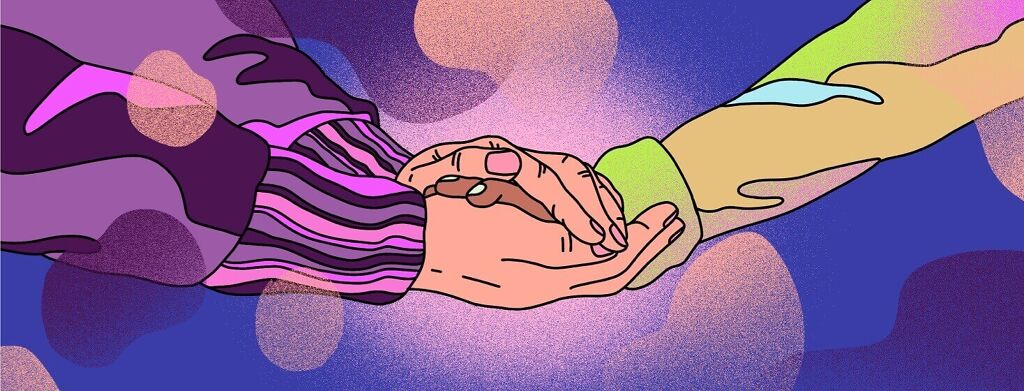Breaking the Stigma: Supporting Individuals with Opioid Use Disorder Without Judgment
Despite growing awareness of the opioid overdose crisis, stigma remains a significant barrier to recovery. Individuals with opioid use disorder (OUD) often face judgment from society, healthcare providers, and even themselves. This stigma influences policies, access to treatment, and life-saving interventions.
To effectively support those in recovery, it's essential to consider the way we talk, act, and think about addiction.
Manifestations of stigma
Stigma can manifest in various ways:
- Language: Referring to someone as a “drug addict” or suggesting they “chose” addiction ignores the reality that OUD is a chronic medical condition, not a moral failing.
- Medical bias: Studies show that individuals with addiction often receive substandard medical care due to unconscious bias, with providers assuming they must be drug-seeking rather than in legitimate pain.
- Legal barriers: Many people with OUD face discrimination in employment, housing, and child custody cases, making recovery even more challenging.
Change the way we talk about addiction
Words matter. Research indicates that using person-first language reduces stigma and improves treatment outcomes.
- Instead of "addict", say "a person with opioid use disorder."
- Instead of "clean" or "dirty", say "in recovery" or "actively using."
Treat addiction as a medical condition
We don’t shame individuals with diabetes for needing insulin; similarly, we shouldn't shame those with OUD for requiring medications for opioid use disorder (MOUD).
MOUD, formerly referred to as medication-assisted treatment (MAT), includes buprenorphine and methadone and is recognized as the gold standard of care. It reduces cravings, lowers relapse rates, and saves lives. Yet, many still perceive it as "trading one addiction for another" despite overwhelming scientific evidence supporting its role in long-term recovery.
Addiction vs. dependence
A person on MOUD may be physically dependent on their medication, but if it helps them regain control of their life, maintain employment, build relationships, and avoid harmful substance use, it is not addiction—it is effective medical treatment.
Addiction is characterized by compulsive use despite negative consequences. Taking medication as prescribed under medical supervision to improve quality of life is treatment, not addiction.
Support harm reduction efforts
Harm reduction saves lives — it doesn’t enable addiction.
- Narcan (naloxone) distribution prevents fatal overdoses.
- Syringe exchange programs reduce disease transmission.
- Fentanyl test strips help individuals avoid unknowingly using lethal substances.
These tools keep people alive until they’re ready for treatment. Additionally, many harm reduction programs connect individuals to overdose education, counseling, and referrals to treatment for infectious diseases and substance use disorders, providing a bridge to recovery resources.
Listen without judgment
If someone opens up about their substance use, resist the urge to lecture. Instead, listen. Ask, “how can I support you?” Recovery is a journey, not a single event, and every person moves at their own pace.
The way we talk about and treat people with opioid use disorder can mean the difference between recovery and relapse — between life and death. Reducing stigma isn’t about ignoring the consequences of addiction, it’s about creating a path to healing.

Join the conversation